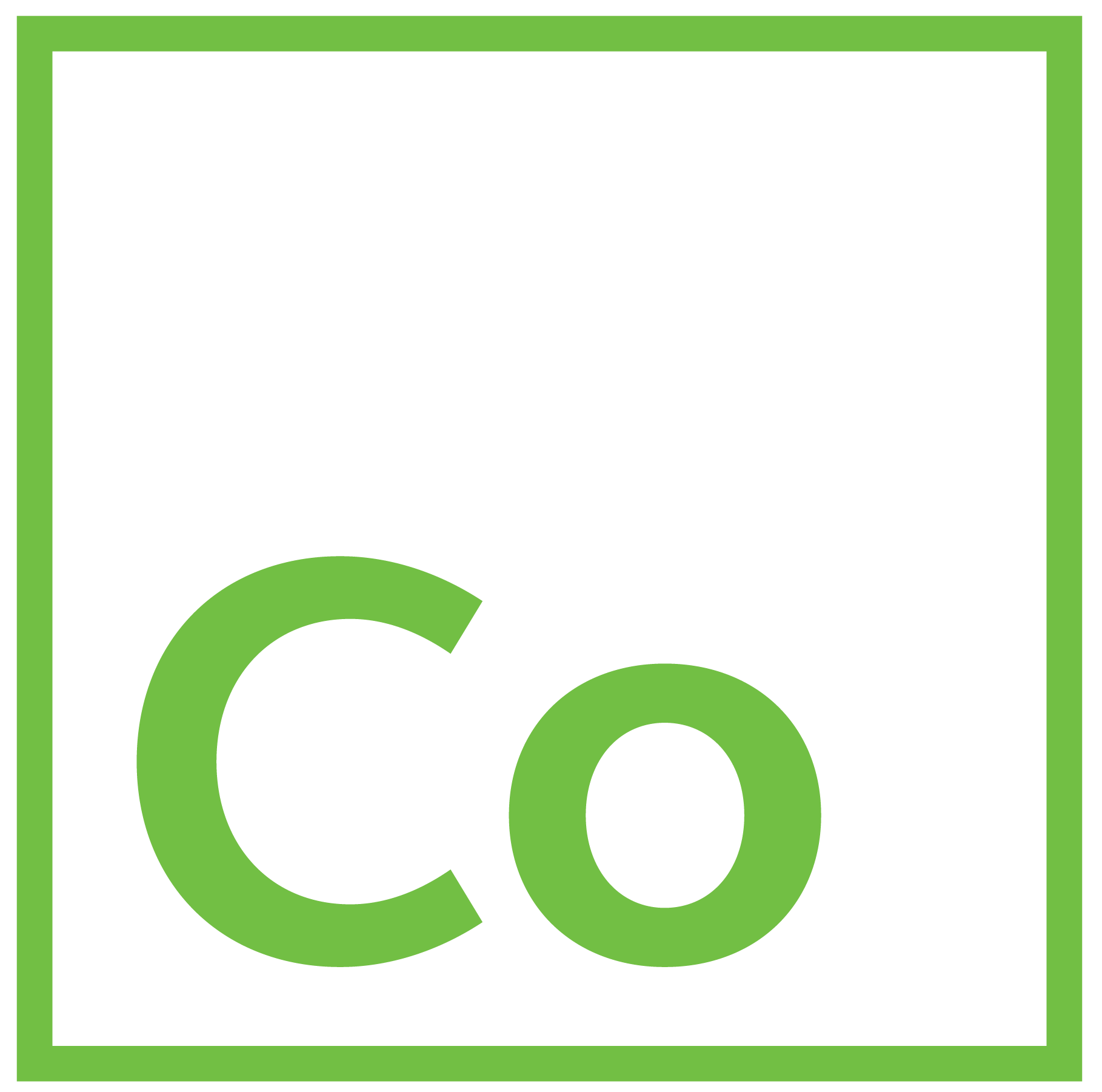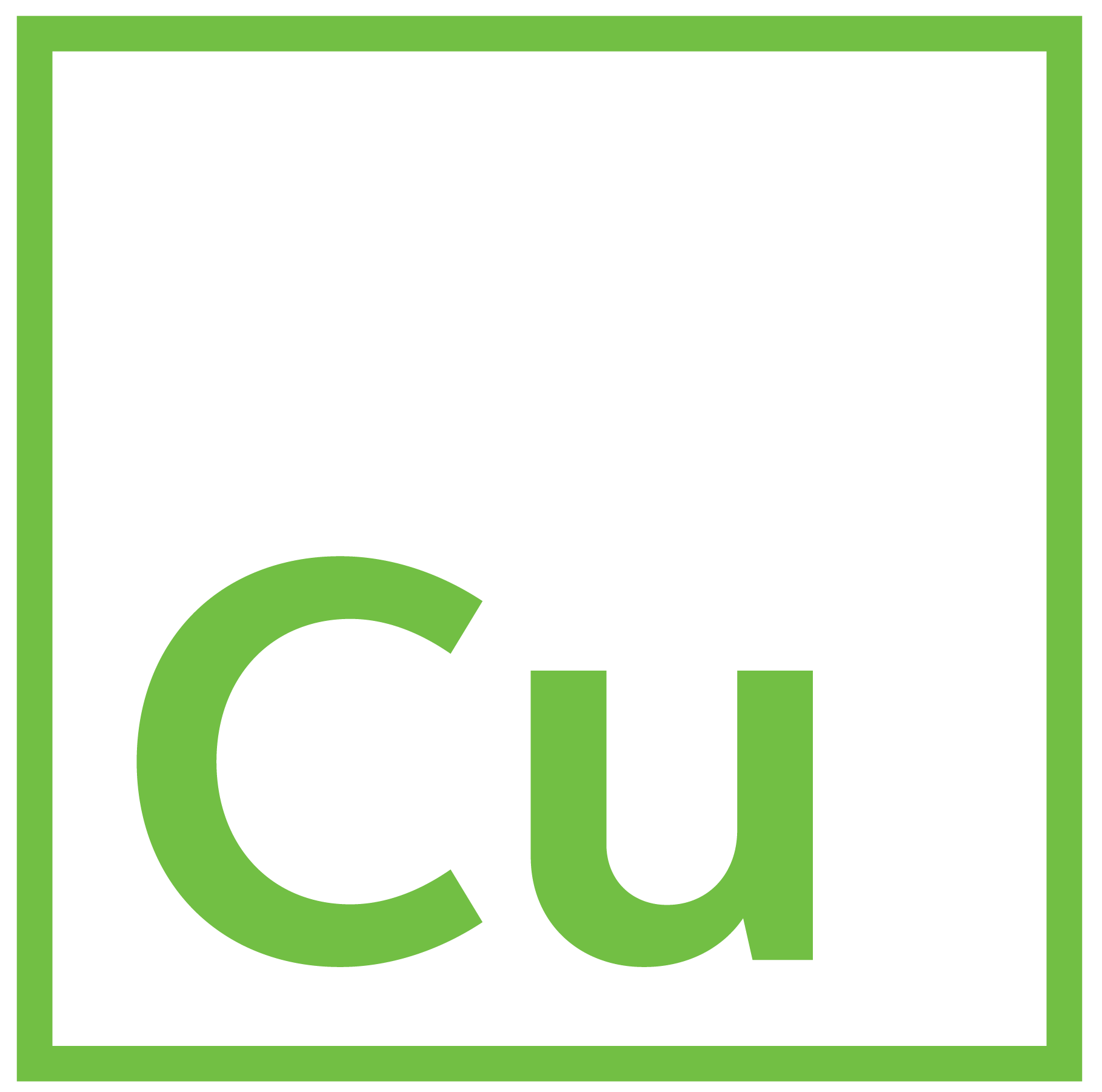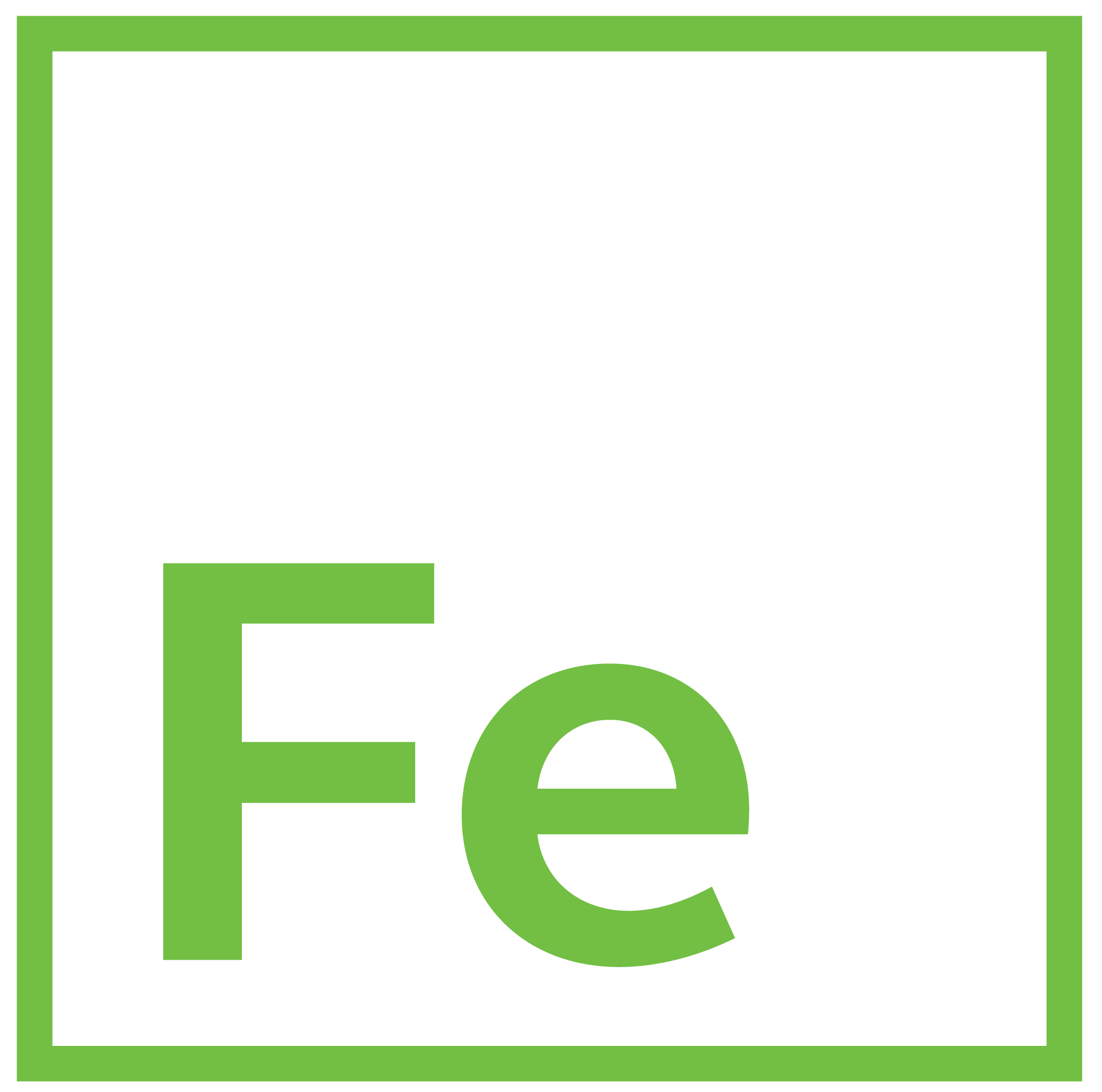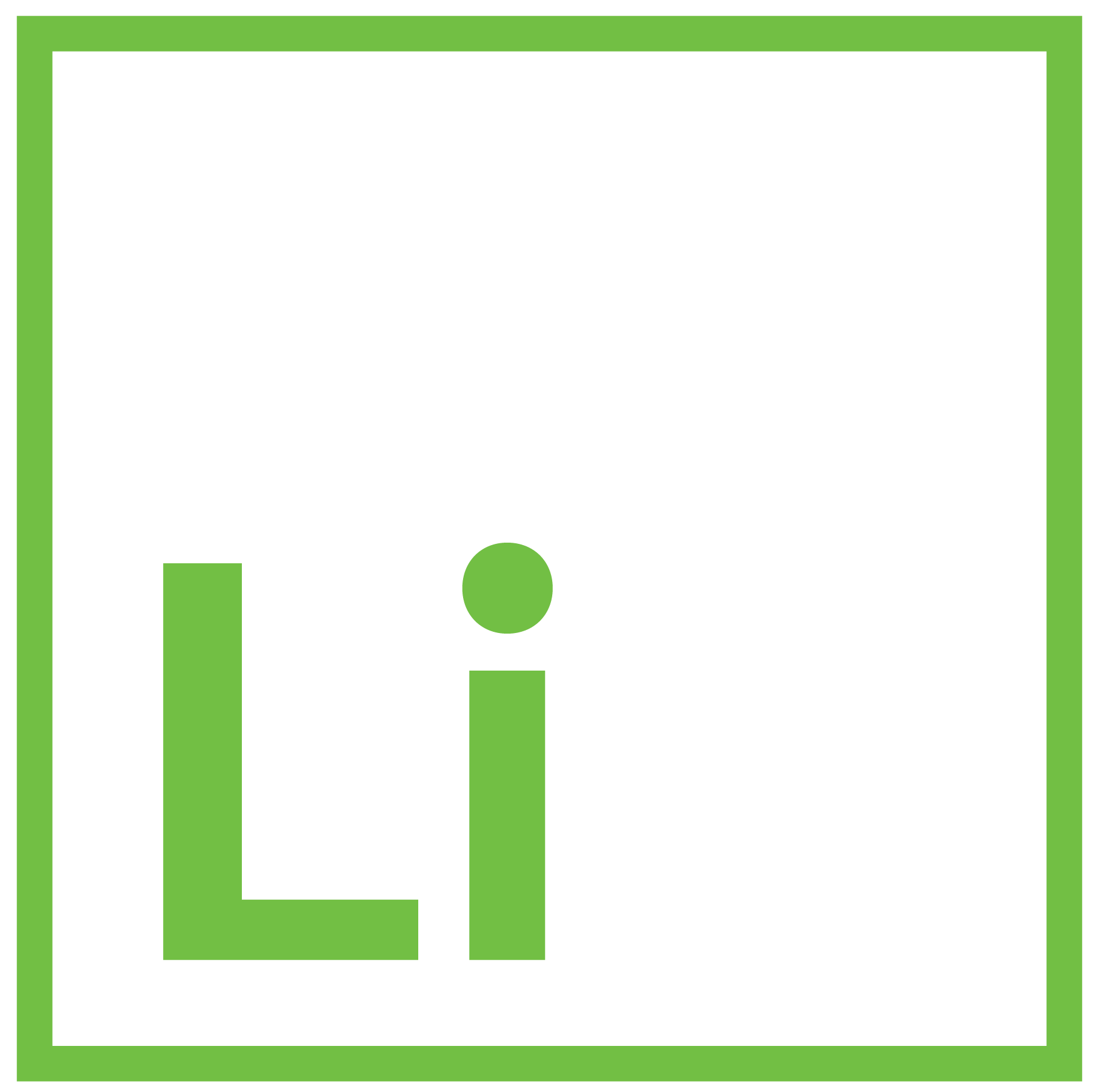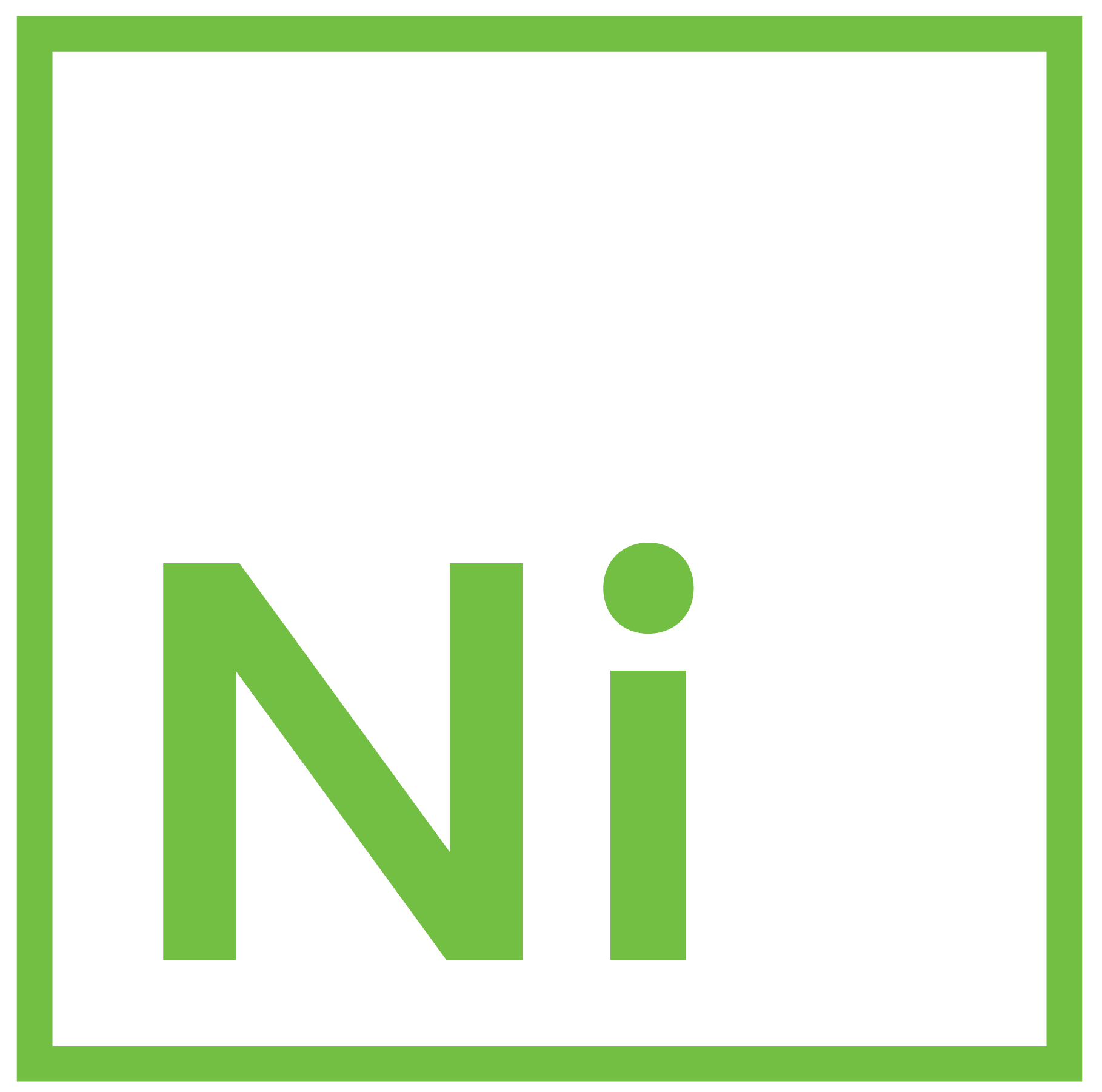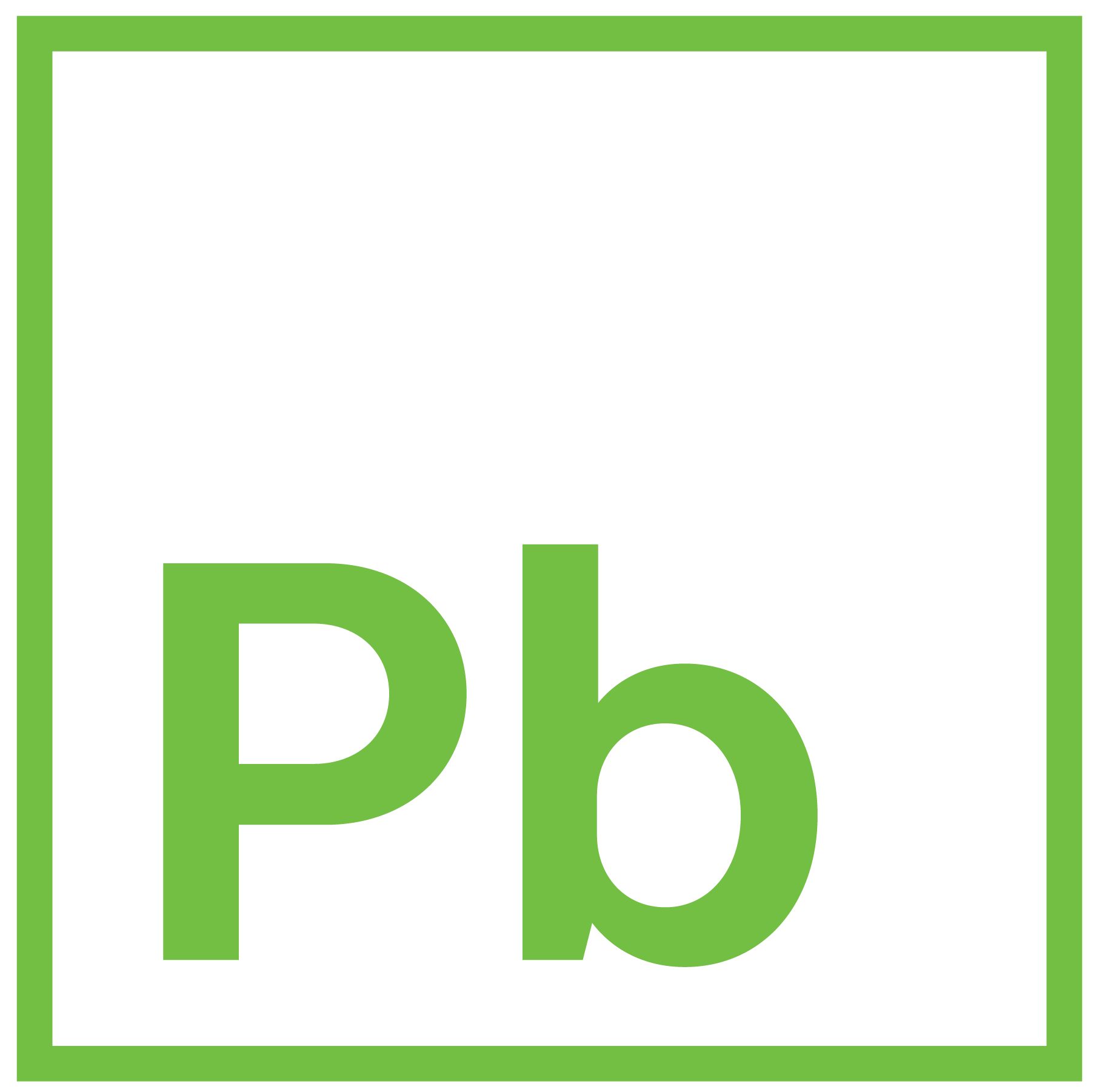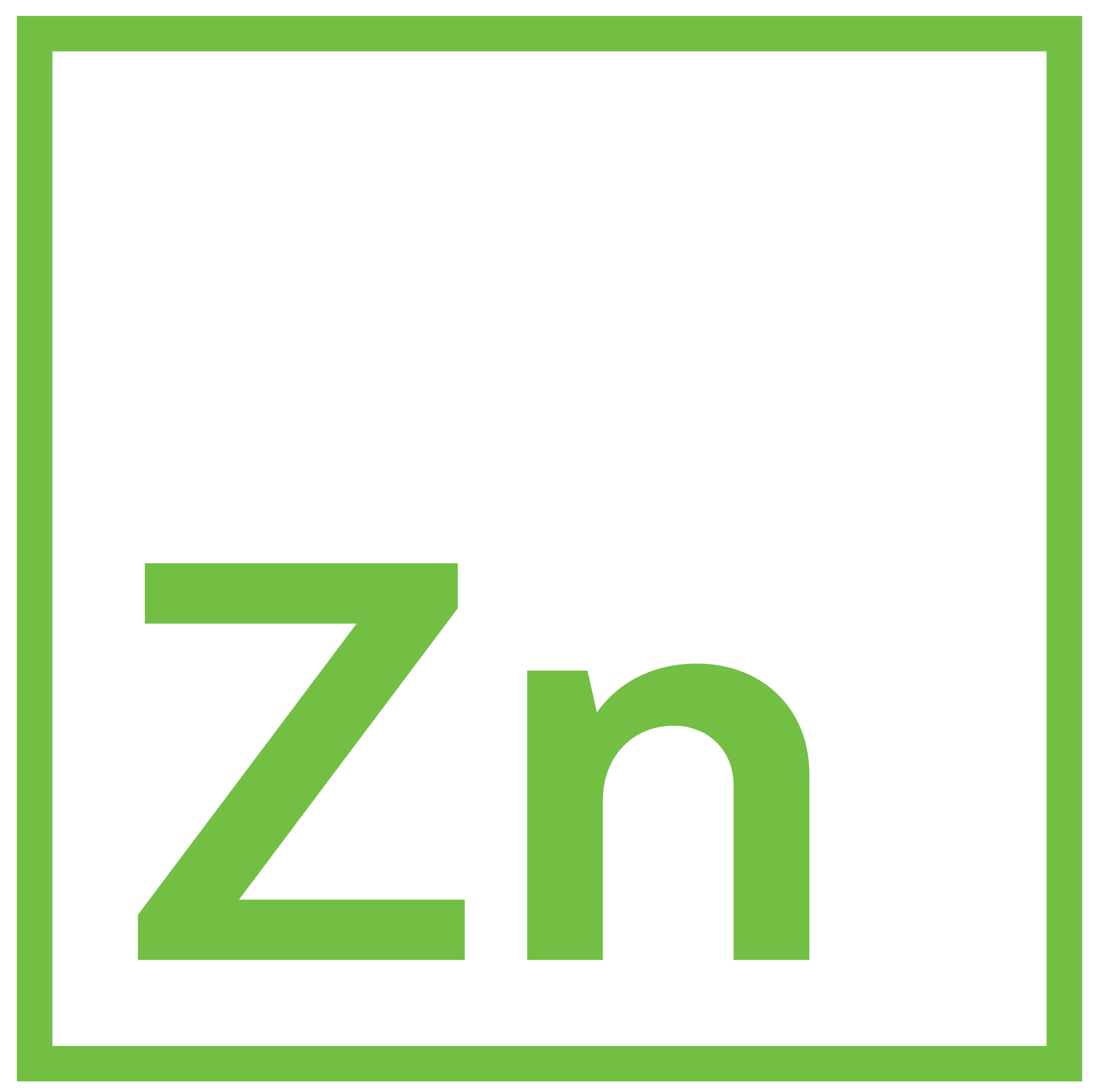Demand for batteries and alloys keeps market tight
The annual Cobalt Institute Conference, online in the middle of May this year, addressed five central points: recycling, supply-chain diversity and security, responsible production, pricing and new capacity.
All points relate back to the fundamental reality of the global cobalt market: at least half of global supply comes from one country, the Democratic Republic of Congo (DRC), which has struggled with issues of stability and accusations involving the use of child labor. Recently there was a short disruption of supplies out of the DRC due to new export restrictions that were announced and quickly rescinded.
In the middle of June, the London Metal Exchange (LME) detailed a plan to donate $1.7 million to two charities undertaking responsible sourcing projects. Indeed, cobalt was the reason LME started its Responsible Sourcing initiative, because human-rights standards are heavily linked to the cobalt supply chain.
One of the charities, Impact Facility, a global sustainability organisation with expertise in small-scale mining communities, is planning a three-year project as part of the multi-stakeholder Fair Cobalt Alliance (FCA), designed to significantly reduce the numbers of children working in mines by providing support to existing schools in the DRC, encouraging attendance and raising the quality of care for students.
“It’s vital that all of us who participate in global metal and mineral supply chains – whether directly or indirectly – work together to ensure mining is free from human rights abuses,” said Gay Huey Evans, Chairman of the LME. “These projects aim to achieve this by supporting artisanal and small-scale mining (ASM) communities to address the root causes of child labour and further embed responsible mining practices into the global ecosystem.”
“The key reality for cobalt is that it is a co-product of mining for other metals, copper and nickel, so it’s not even in charge of its own destiny,” said Alberto Xodo, Vice President of Sales for the LME. “Supply is currently tight, new demand from the battery industry is strong, and demand from some traditional cobalt-consuming sectors like aerospace in particular is expected to grow back to pre-Covid levels.” Antonio Masiero, Development Manager for new contracts at the LME, added that “there is an expectation that there will be an uptick in demand for high-temperature cobalt ‘superalloys’ from aviation. There is also a very interesting potential in space applications, particularly with the fast growth of commercial space flight, companies such as Virgin Galactic and Space X.”
On the battery side, “the industry is trying to reduce the presence of cobalt in battery chemistry at present,” said Masiero, “because of the controversy surrounding mining in the DRC. Battery makers are trying different compounds.”
Masiero credits companies up and down the supply chain for being responsive to environmental and human-rights issues, and also noted that responsiveness – especially on the part of miners – indicates progress and could mitigate concerns about how the metal is sourced. Masiero also noted that cobalt is essential in both high-value alloys and in lithium-ion batteries, making it difficult to replace.
“Cobalt is not going anywhere any time soon,” Masiero said.
Other sources agree. “If you want high energy density in lithium-ion batteries you need more nickel, which means you need more cobalt,” said Will Adams, head of battery raw materials research at Fastmarkets.
“There has been a similar run as in lithium,” said Adams. “Cobalt went from a low of about $10 per lb in 2016 and peaked in April 2018 at $43.70 per lb. It then fell to another low of $12.10 per lb in July 2019 before moving slowly up to $15.30 per lb at the end of 2020.”
Fastmarkets assessed the price for cobalt, standard grade, in warehouse Rotterdam at $24.35-25.20 per lb on Friday August 6, unchanged from a day earlier, and up from $15.35-16.00 per lb on January 4, 2021.
The European Union has set a policy that, starting in 2030, 12% of the cobalt in all electric vehicles (EVs) and industrial batteries that enter the European market – regardless of origin – must come from recycled sources. That target for recycled content rises to 20% in 2035. EV sales in Europe are projected to reach eight million units in 2025, a dramatic increase from 1.3 million in 2021, according to Fastmarkets.
EU regulators hope that these standards are adopted in other major economies, if not worldwide, despite opposition to the mechanism. It has been noted, for example, that recycling methods and environmental impact vary widely, so merely setting a blanket level of recycled content may raise more questions than it answers. There have also been concerns about enforcement.
Regardless of levels or qualities, additional recycled supply will reduce pressure on primary production and effectively diversify the supply chain by providing domestic sources of cobalt in countries that wouldn’t have the chance to mine it directly. Efforts by battery makers to reduce or eliminate cobalt should also reduce pressure on supply. Both recycling and reformulation, however, will take place slowly and over several years.
At present, supplies remain tight and the pressure is on miners and other supply interests to increase production and to address the social and ethical issues in the supply chain.
Major producer Glencore plans to restart operations at its Mutanda mine in the DRC by the end of this year, with production in 2022. The company has also encouraged buyers to provide transparency on their future requirements.
“Clearly there is scope for a deficit [in supply] so we are bringing on Mutanda. It is very important that the battery supply chain is honest about the demand, so cobalt producers can right-size their production,” Ash Lazenby, a trader at Glencore said, as quoted in American Metal Market. Production at Mutanda will gradually increase to 20,000 metric tons per year from the second half of 2022 through to 2025.
Glencore placed the facility on “care and maintenance” in late 2019 following a slump in cobalt prices. Mutanda can produce up to 25,000 metric tons per year of cobalt hydroxide.
The cobalt industry has had to grow and change rapidly in response to soaring demand for the metal in energy storage and high-performance alloys. Moving from a by-product to a strategic substance in the global economy has meant much greater scrutiny, as well as buyers’ and traders’ discomfort with limited sources of supply. Diversification of that supply, as well as investment in new capacity and global regulation are moving the cobalt market toward maturity.
Published September 2021


